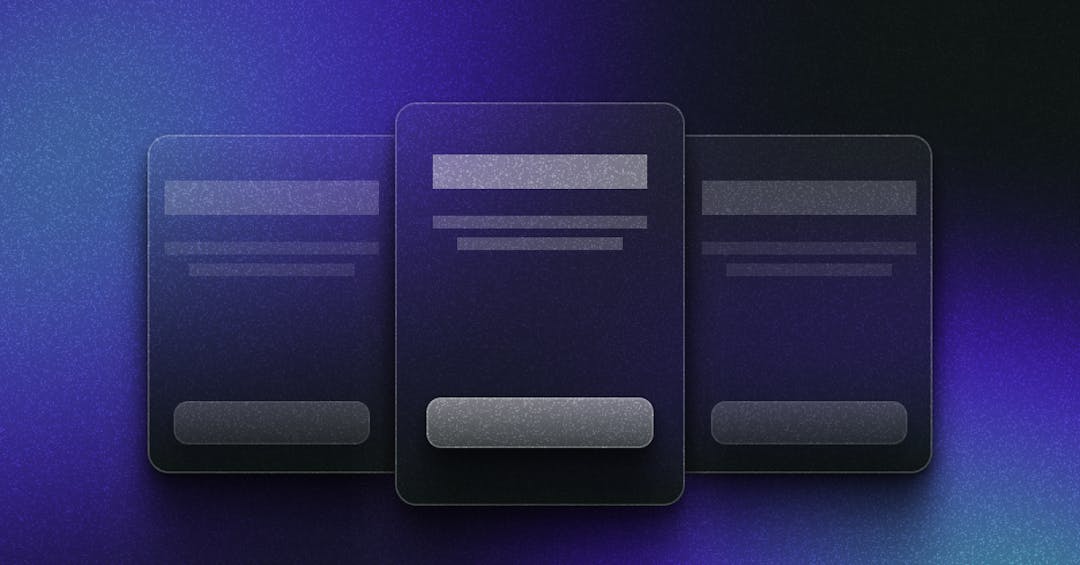Predatory pricing can be difficult to prove as a business may be partaking in normal competition, keep costs low by pricing intelligently.
Being strategic with your pricing is one of the surest ways to boost your company’s sales growth. Lowering your prices just the right amount gives you a better shot at market penetration and at being competitive in a tightly contested field.
However, there is a point when such competitive pricing becomes problematic—when it becomes predatory pricing.
It can be hard to distinguish fair, competitive pricing from illegal predatory pricing. Read on to find out where the boundaries lay and to ensure that your company is remaining legally competitive with its pricing.
What is predatory pricing?
Predatory pricing is the practice of using below-cost pricing to undercut competitors and establish an unfair market advantage. Predatory pricing is a method in which a seller sets a price so low that other suppliers cannot compete and are forced to exit the market. A company that does this will see initial losses, but eventually, it benefits by driving competitors out of the market and raising its prices again. This predatory pricing practice often results in the formation of monopolies controlling market power for a lengthy period of time.
How predatory pricing works
A company that can afford the initial losses caused by predatory pricing has an unfair market advantage in the long run. Investors see such extremely low costs as a good way to increase market share and then to raise prices and create equally extreme profitability further down the line. So long as the business’ future predicted cash flows are healthy, investors may be willing to shoulder this burden short-term.
This predatory pricing strategy kicks out new entrants, and makes the barrier to entry much harder for new businesses. This stops the regular competitive market from charging reasonable prices for the consumer and retailer.
In many ways, predatory pricing can be thought of as an anti-competitive pricing practice that can only be used in the short run. At some point, businesses that practice predatory pricing will have to continue charging higher prices as they were before, which puts their dominant position as a price leader in jeopardy.
Is predatory pricing illegal in the U.S.?
Predatory pricing is a monopolistic practice, and there is a l ong history of legislation against monopolistic behavior in the United States, with predatory pricing coming under that banner. American antitrust laws exist to preserve competition in the market and minimize monopoly power, and according to those laws, most forms of predatory pricing are illegal.
A pricing strategy is considered predatory if its goal is to price competitors out of the market. However, it’s hard to prove monopolization behind predatory pricing, as companies can insist that their pricing was lowered for other reasons.
If pricing is set lower by a business for reasons other than to eliminate competitors, then pricing is not considered predatory. There are various legitimate sales strategies that involve the use of competitive price-lowering practices, for example, penetration pricing in which a company temporarily lowers its prices by a small percentage in order to capture a larger market share and penetrate more deeply into the market.
However, because a strategy like penetration pricing is temporary, not a long-term financial plan, and is not intended to operate at a deliberate loss, it is not illegal.
How predatory pricing affects the market
While predatory pricing has some short-term positive effects—such as ultra-low prices for customers, for a brief time—it ultimately does serious harm to the state of the market.
Short-term effects
The company employing predatory pricing will run initially at a loss. Competitors may also finance a period of loss in order to keep pace with the predatory company. Companies that are not able to shoulder the loss, however, will suffer and lose a considerable amount of customers.
Consumers will initially benefit from outrageously lower prices that the predatory company is selling at. They also might benefit from aggressive competition in the market, if competitors are able to hold their ground, with higher-quality products and services as companies are motivated to establish an advantage over competitors.
Long-term effects
Competitors not capable of sustaining themselves against the predatory company will eventually be driven out of the market altogether. Meanwhile, if the company employing predatory tactics is not regulated in accordance with the law, they will form a monopoly, having now successfully undercut the competition.
Under such conditions, prices are likely to rise sharply to compensate for the initial period of short-term loss. Product quality is likely to drop with no competition around to incentivize quality. Meanwhile, innovation is usually stifled due to the monopoly company now controlling the market.
Customers will suffer from abnormally high prices from the monopoly, as well as a drop in the quality of the product or service.
Examples of predatory pricing
Predatory pricing is nothing new. Even before Aristotle first coined the term “monopoly,” companies all over the world have practiced predatory pricing. To find out how the initial benefits of predatory pricing inevitably turn into drawbacks, we looked at some examples.
1. The WalMart/Target drug war
A prime example of predatory pricing tactics between two large franchises can be seen in the prescription drug price war between Walmart and Target in Minnesota.
Walmart, seeking to undercut the competition, initially began offering certain prescription drugs at well below its price floor. Set by the government, a price floor is the lowest price that goods or commodities can be legally sold at based on the minimum cost at which turning a profit is still possible. Target, looking not to be undercut, matched these drug price cuts. However, Minnesota state law forbids the sale of drugs below their stated cost and limited the discount, thus putting an end to the price war.
2. The Darlington Bus War
Sometimes businesses are willing to price so low that they offer their product or service for free, as seen in the Darlington Bus War. Following the deregulation of buses in 1986 in the United Kingdom, a number of private companies began to compete over the demand for public transport. One company, Busways, began offering free rides to put its rival DTC out of business, with the intent of cultivating a monopoly in a given market. A commission, formed to investigate their activities, called Busways’ actions “predatory, deplorable and against the public interest.”
DTC indeed was put out of business, and Busways was then acquired by an even larger company, Stagecoach. However, Brian Souter, the chairman of Stagecoach, later admitted that the negative impact of the company’s predatory strategy had outweighed the financial gains made by monopolizing the Darlington area.
When pricing becomes predatory
Just like business ethics, aggressive marketplace competition can be a good thing—the pressure of competition stimulates innovation, incentivizes high-quality goods and services, and provides customers with a range of options to suit both their needs and budget.
Of course, getting ahead of the competition is of paramount importance from a business perspective. However, predatory pricing is one step too far. Using this strategy ultimately hurts everybody—your competitors (who can’t compete), your customer base (who no longer have freedom of choice), and you (who are breaking the law).


